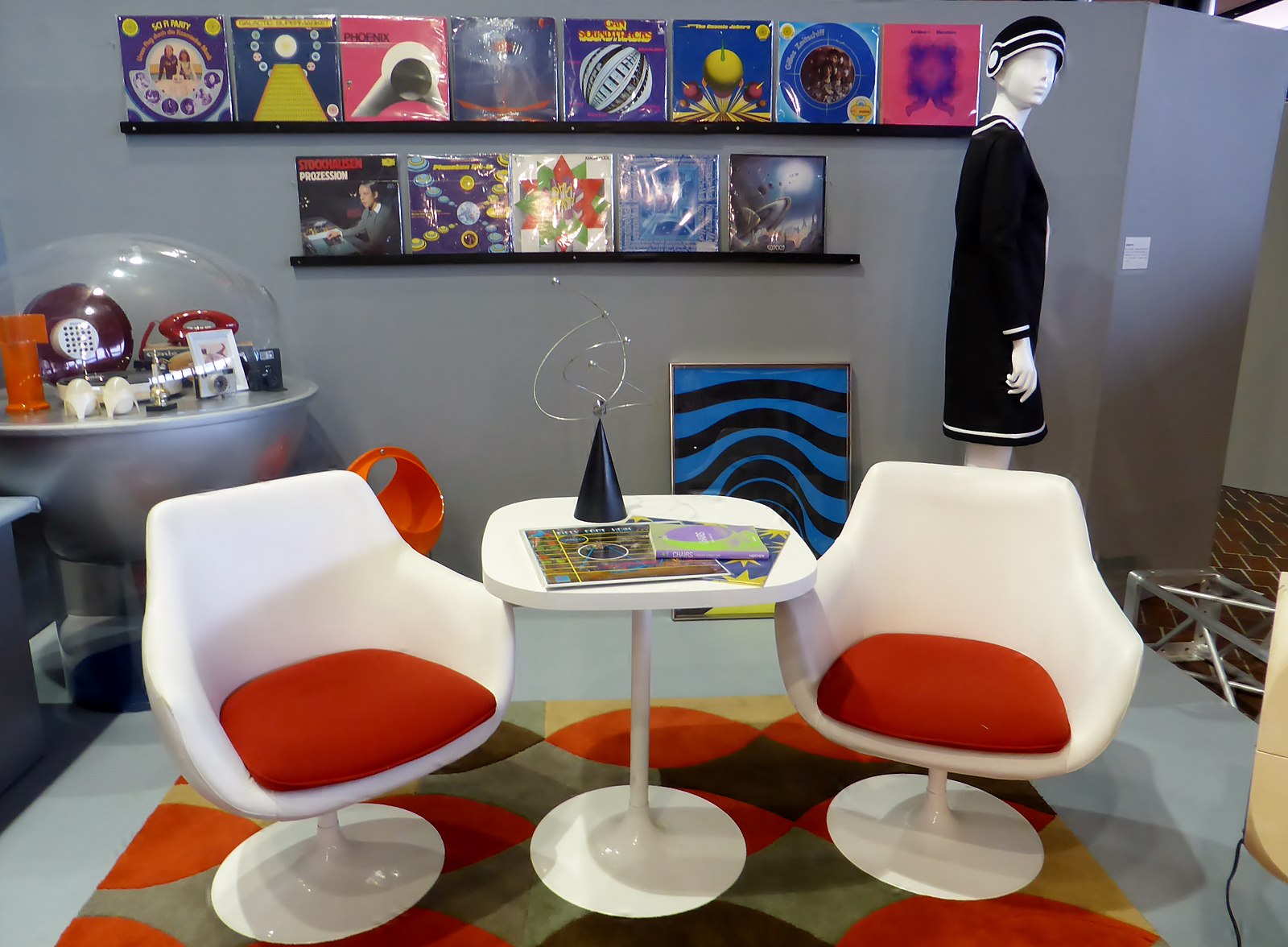Aesthetics of Commercialization in Space
William Spear

Recently, within the United States, the space domain has shifted from being government-run through the U.S. Space Force to the private sector. This means companies like SpaceX, Virgin Orbit, and Blue Origin can take part in what some are calling the second space race. Putting aside the debate on what privatization will do for efficiency and productivity, one profound effect commercialization is having on the space domain is in the realm of aesthetics. Examining these changes in aesthetics can reveal aspects of the constraints that these private companies will be operating within.
While the early style of NASA and space travel was function over form, recently, form is increasingly in the spotlight. This aesthetic form of space is now copying fiction drawing from recent movies, whereas before science fiction was inspired by and expanded upon by the reality of space.
Fascination with space has had a long-standing impact on popular aesthetics. The original space race in the ’60s sparked the creation of the space-age style of fashion and furniture. It was characterized by fluid and edgeless forms and largely metallic, shining materials. This space-age movement spread to buildings, clothing, furniture, and media (such as The Jetsons, or the banner image).
Much of this idealization of sleek space-faring design has continued into mainstream media. Recent movies, such as Prometheus, The Wandering Earth, and The Red Planet, all feature ‘realistic’ space suits that have been tuned up to be smoother and more visually appealing than their real-life NASA counterparts for the big screens.
In contrast, up until recently, the aesthetics of actual space weren’t as sleek. Spacesuit designs have changed very little, aesthetically, since their origin. They’re bulky, large, drab, and practical, and have remained that way for the last sixty years. In most cases, function was prioritized over form. In this way, the space-age movement was largely aspirational in its style - not influenced by the reality of the first astronauts and their vessels so much as inspired by them, and largely carried forward by imagination and fiction.
Commercialization is promising to change that. One of the most prominent examples of this effect is in private companies’ space suits. What was once purely functional now has a much larger emphasis on form; SpaceX has opted for a streamlined white design that seems to be almost straight from the recent SciFi Blockbuster Interstellar. Virgin Galactic has teamed up with under armor, a sports clothing brand, to create athletic designs for its passengers.
It seems that spacesuits and spacecraft have gotten more of a makeover to look sleeker and more streamlined, much like some of the furniture designed in the original space-age style of fashion. I suspect that the reasoning behind this is due to commercialization; now that space is no longer strictly a government domain, the projects have to be visually appealing to potential investors and buyers.
I predict this trend will continue until space itself looks sufficiently ‘space-age’.
There is an irony here somewhere: in that commercial space companies’ novel designs are arguably less novel than their NASA counterparts in the sixties. Back in the 1960s, the space-age style was inspired by the space race. Now it’s the other way around, with space aesthetics seemingly limited to the last 60 years of media and stylization.
Is this a self-fulfilling prophecy? Are these companies now restricted to the aesthetic expected by the general population because of the demand for visual appeal? Will we ever truly see another aesthetic rise up out of space commercialization, or is the demand to sell too high for true visual innovation?
I believe that the answers to these questions are yes, yes, and no. As long as space is a commercial product, it seems inevitable that companies are going to have to deliver on public expectations, which have been formed over the last 60 years of media to arrive where we are. I find it unlikely that we’ll see companies stray too far from the mold. Whether there’s enough excitement around new space technologies to generate a spark in fashion and style, like the space-age movement in the 1960s, remains to be seen.
